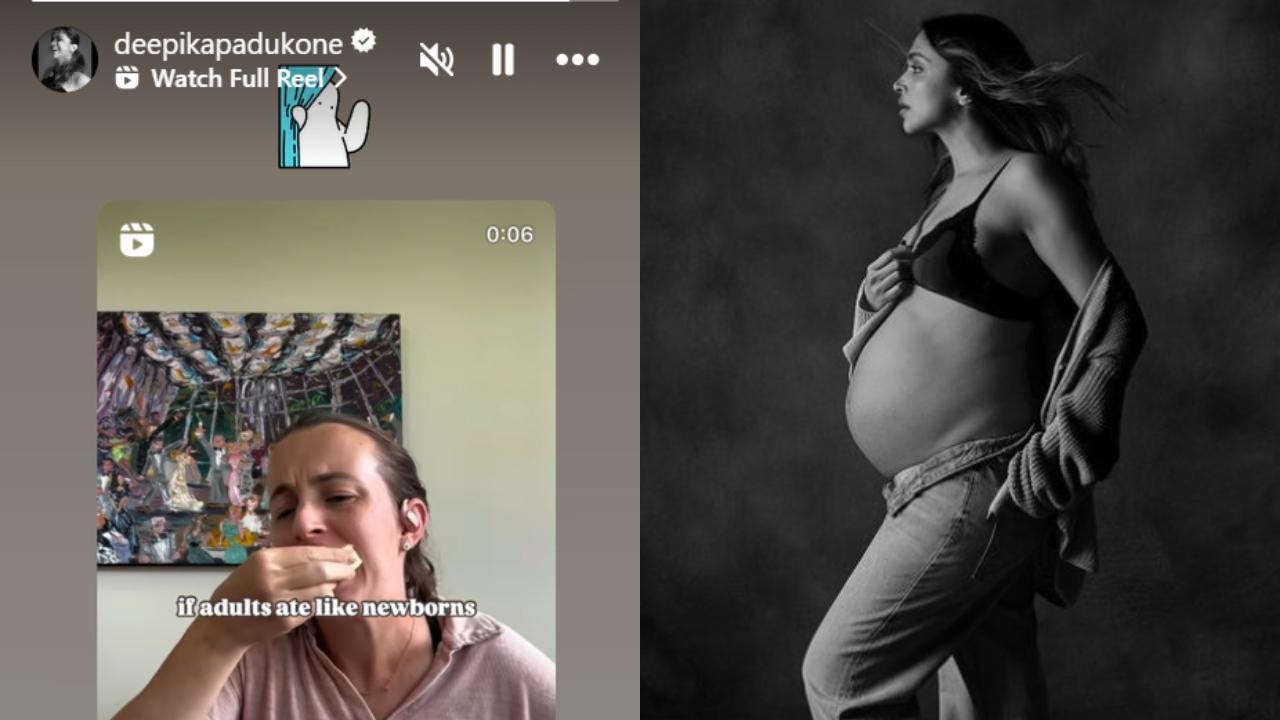It has been an agonising August for Indian women. A medical student has been brutally silenced in Kolkata leading to an outcry, beti padhi par bachi nahin (the daughter studied but could not survive). A champion wrestler has been casually fat-shamed by a woman MP from the film industry for missing her weight category by 100 grams.
Mercifully, on the screen, the month has been rewarding for women who stood up against injustice. That women are renegotiating their terms of engagement with society came to the fore when Aattam (The Play) made it to the podium at the National Awards . The gripping Malayalam drama by debutant Anand Ekarshi showcases how even the seemingly safest and friendliest of spaces can turn hostile for women if they speak about the violation of their bodies.

Set in an ostensibly progressive space of theatre and cinema, the film takes the mask off men who practise gender sensitivity according to their interests. The announcement came just days before the Kerala government finally released the Justice Hema Committee report, four-and-a-half-years after it was submitted. Exposing the darkness beneath the glitter in the Malayalam film industry, the report reveals rampant harassment and discrimination faced by women in Mollywood at the hands of a powerful lobby of male producers, directors, and actors.
Though the Kerala government has taken an inordinately long time to make the report public, one must appreciate that this is the first time a government in India formed a panel to study the issues faced by women in the film industry. The cases and concerns raised in the report resonate across India. Over the years, Bollywood actors have spoken about their experiences of gender discrimination and the scourge of the casting couch, but the complaints are hushed under the carpet.
Complex bonds Interestingly, the report came under public scrutiny when Christo Tomy’s Ullozhukku (Undercurrent) was making waves on a streaming platform and at the Kerala State Awards. Set in an inundated village where the flood water becomes a metaphor for the emotional swell, the tender tale about love and companionship buries conventions of morality and guilt that men create for women along with a dead body. Led by two powerhouse performers in Urvashi and Parvathy, Ullozhukku is a rare exploration of the relationships between women in mainstream space.
Director Tomy navigates the complex ties between a mother-in-law and her daughter-in-law — after the connecting link in their lives is lost to cancer — with remarkable sensitivity, while probing who controls a woman’s body before and after marriage. The film also brings to light that the Christian community in Kerala is not insulated from notions of sectarianism and patriarchy. Taking the conversation of bonds between women on screen forward, Kiran Rao’s Laapataa Ladies was recently screened for Supreme Court judges .
Like Ullozhukku , this film also deals with homespun rules cast in stone for women, albeit with a light touch. Peeling off the layers of an unjust society, Kiran addresses the invisibilisation of women by lifting the veil on entrenched patriarchy. When a resolute Jaya finds an opening in the iron curtain, she escapes like a sheaf of grass from a crevice in the rock of tradition.
In a parallel space, there is this naive Phool who is married to a patriarchal structure in the name of culture. When left behind on a railway platform, she hides behind a huge dustbin that has ‘use me’ written in bold letters. Challenging conventions The dustbin finds life in Nithilan Swaminathan’s Maharaja , where a father uses it as a metaphor in a police station to describe his missing daughter.
It turns out to be a potent narrative device to find the monsters who ravaged his only hope. Though the genres and treatment are markedly different, both Lapaata Ladies and Maharaja indicate going to the police station is worse than being robbed. In both films, the protagonist has to grease the palms of the police officer to set the system in motion.
There can be divergent points of view on the depiction of violence in the film, but the fact that the girl makes it a point to tell the depraved that she cannot be psychologically scarred or stalled in pursuit of her ambitions leaves a strong impression. The same emotion comes through in Nikkhil Advani’s Vedaa , where a Dalit girl refuses to be stopped in her tracks by the self-appointed custodians of caste and morality. Though both films feature male saviours, the guts of the girls don’t feel cosmetic.
In contrast to the monsters dressed in human skin, Amar Kaushik’s sharp satire Stree 2 deals with demons who rise from the dead to institutionalise patriarchy by feeding on women who dare to be ‘progressive’ in terms of their choice of education, love, and haircuts. When Pankaj Tripathi, in his chaste Hindi, explains that the length of a braid doesn’t matter because even parkati (short-haired) women can stop the Sarkata (headless) male chauvinist in his tracks, one’s mind goes back to a late socialist leader’s jibe at parkati mahilayen in the context of the Women’s Reservation Bill. That was in 1997.
Copy link Email Facebook Twitter Telegram LinkedIn WhatsApp Reddit Indian cinema / Hindi cinema.


















